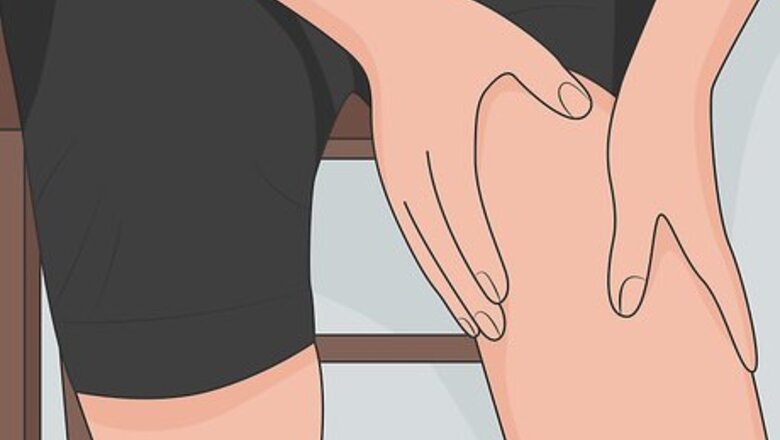
views
Regaining Your Range of Motion
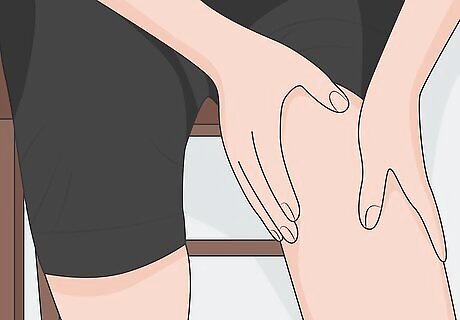
Loosen your muscles with self-massage. Use the heel of your hand to make slow strokes along your thigh, moving away from your body and toward your foot. Repeat on each side of your thigh. Then, use 4 fingers to gently knead the skin over your knee. Finally, place your palms flat on your front thighs and rub down over your knee cap. Slide your hand back up your inner thigh to finish the massage. You can apply a massage oil to your thighs to make it easier for your hands to glide over your skin. Don't use lubrication on your knees so your fingers don't slip while you're kneading your skin. Self-massage can help you start to regain your range of motion in your knee by loosening any tightness around it.
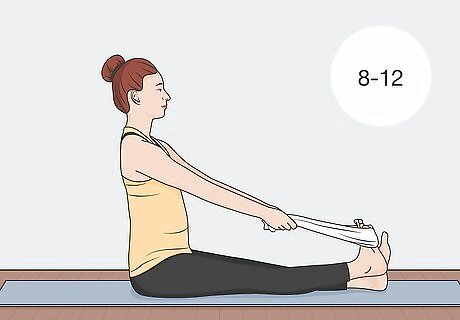
Perform range of motion exercises before trying other stretches. If you push your knee too far too fast, you may re-injure it. Start exercising your knee slowly by doing range of motion exercises first. Here are some exercises you can try: Practice bending and straightening your knee. Listen to your body and only go as far as you comfortably can. Sit down with your legs extended out straight in front of your body. Wrap a rolled towel around the heel of your foot and place the ends of the towel in each of your hands. Slowly pull on the ends of the towel to bring your foot closer to your body. Bend your knee slowly and gently, stopping if you feel any pain. Hold for 10-15 seconds, then gently slide your leg back to start. Repeat 8-12 times.
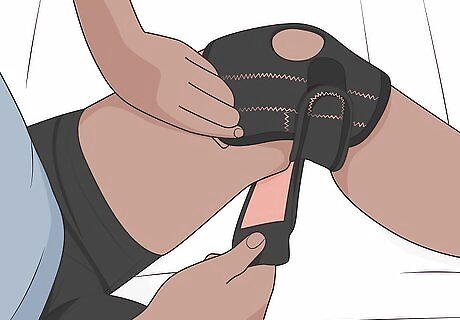
Go slowly as you rehabilitate your knee. You may be eager to get back to your favorite exercises, but your knee needs time to heal. Take things slow as you start stretching your sprained knee. If something hurts, stop doing it so you don't risk re-injury. You may need to wear a knee brace when you first start exercising again.
Doing Knee Exercises
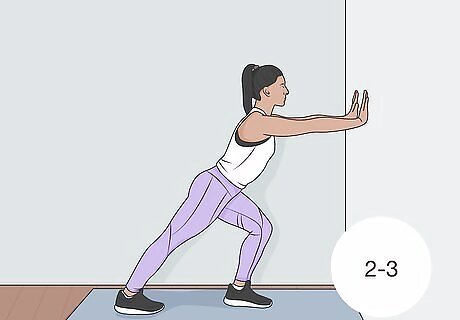
Increase your knee’s strength by doing a standing calf stretch. Stand up facing a wall or a chair and hold onto the wall or chair to help you balance. Bend your knees slightly and step back with one leg, lowering yourself into the stretch. Keep the other leg straight under you and hold the stretch for 30 seconds. Switch legs to stretch the other knee, too. Do this 2-3 times for each leg. Take a big step back so you feel the stretch properly.
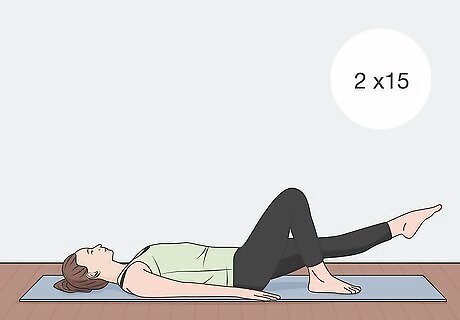
Stretch your knee by doing straight-leg raises. Lay down with your sprained knee straight and your other knee bent. Try to lift your straight leg up so that it’s about 8 in (20 cm) off the floor and hold it there for 6 seconds. Lower it back down to the ground slowly, rest for a few seconds, and then repeat the stretch. Keep your back flat on the ground as you’re lifting your leg so it stretches your knee and body correctly. Do 2 sets of 15 for the best knee stretch.
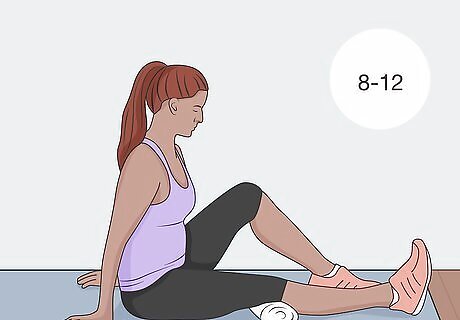
Sit down and stretch your knees by doing quad sets. Sit down on the floor with your sprained knee straight and your other knee bent. Roll up a small towel and place it under the knee that’s straight as a cushion. Try to push your knee down into the towel, tightening the muscles to do the stretch. Push down for about 6 seconds before releasing the tension. Repeat this stretch 8-12 times, giving your knee about 10 seconds of rest time in between each one.
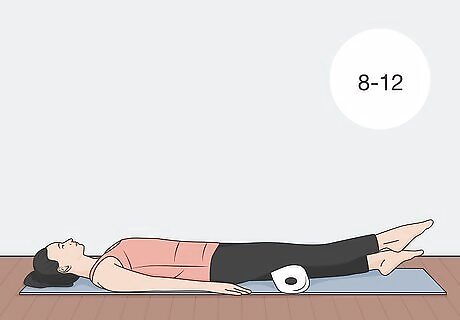
Lie on your back for a short-arc quad stretch. Lay down on the floor with your legs straight out and place a large foam roller under your knees so they bend slightly. Try to straighten your sprained knee out straight while keeping the foam roller under it. Straighten it for 6 seconds and then rest for 10 seconds before doing it again. Repeat this stretch 8-12 times on your sprained knee. If you don’t have a foam roller, roll up a large towel and place it under your knees instead.
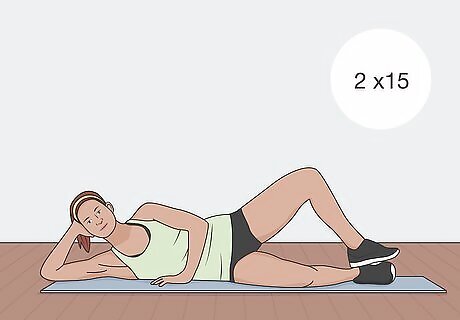
Do a clam exercise for a slow and gentle stretch. Lie on your side that isn’t injured and bend your knees. Keep your feet together as you move your sprained knee towards the ceiling, opening up your legs like a clam. Once you’ve lifted your leg as far up as possible while still keeping your heels together, slowly lower your leg back down and start over. Do 2 sets of 15 to help your sprained knee.
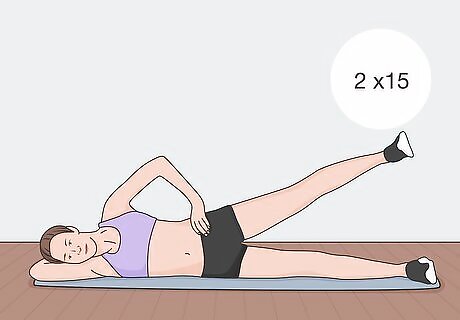
Try a side-lying leg lift to stretch your knee while fully extending it. Lay down on your side that isn’t injured and lift your injured leg up into the air so it’s roughly 8–10 in (20–25 cm) away from your other leg. Tighten your leg muscles as you do this to really work the stretch and then slowly lower your leg. Do 2 sets of 15 of this stretch.
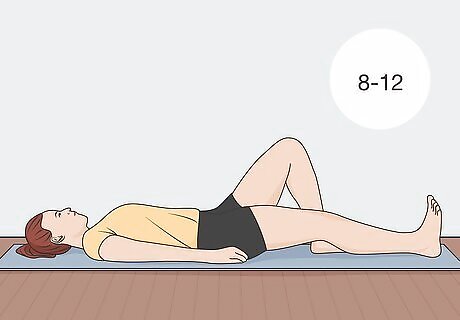
Strengthen your knee by doing heel slides. Sit on the floor so that your knees are bent and your feet are flat on the ground. Slide the heel of your sprained knee back towards your bottom while still keeping your foot flat so you feel the stretch properly. Move it slowly as close to your bottom as possible before you slide it back to the starting position. Repeat this exercise 8-12 times to help strengthen and stretch your knee. You can also lie on your back and do this stretch against a wall, if you'd like.
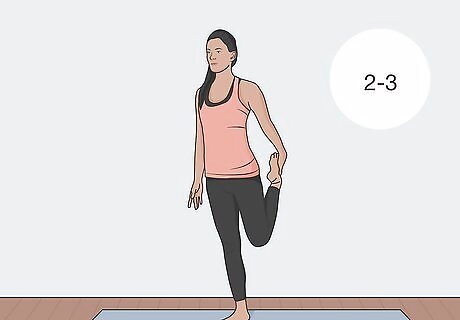
Stand up and stretch your quadriceps to bend your knee fully. Stand up straight on one leg and hold onto a chair or wall to help you balance, if you need to. Bend your sprained knee while grabbing your ankle with your hand and bring your heel as close to your bottom as possible. Hold this stretch for 30-60 seconds before slowly releasing your leg again. Do this on both legs to stretch them out and repeat the stretch 2-3 times for each leg.
Preventing Additional Injuries
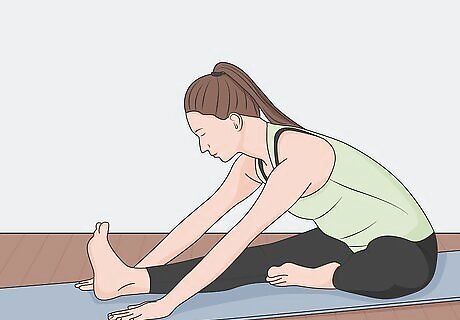
Start doing stretches once you can put weight on your knee. If your knee hurts so much that you can’t put any weight on it, it’s best to hold off on doing any stretches. Wait until you can stand or walk normally before stretching it so you don’t cause any more damage.
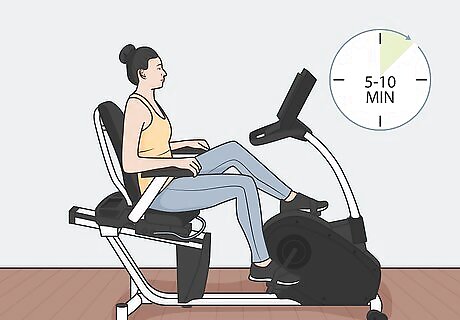
Warm up your muscles before doing the knee exercises. You might warm up by taking a 10-minute walk or riding a stationary bike for 5 minutes. A short warm up will stretch your knee gently so it’s ready to do some more intense stretches. Your warm up only needs to be 5-15 minutes long.
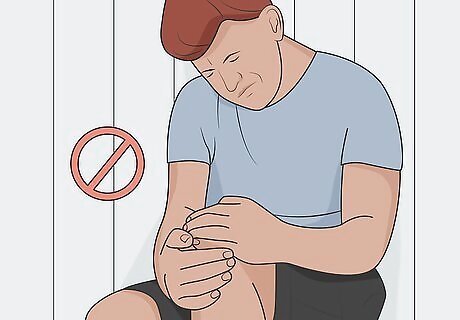
Stop doing the stretches if you feel pain in your knee. If any of the stretches or exercises make your knee hurt or cause a lot of discomfort, stop doing them right away. The stretches are meant to strengthen your knee and shouldn’t cause any pain, so if your leg feels uncomfortable, it’s time to rest.
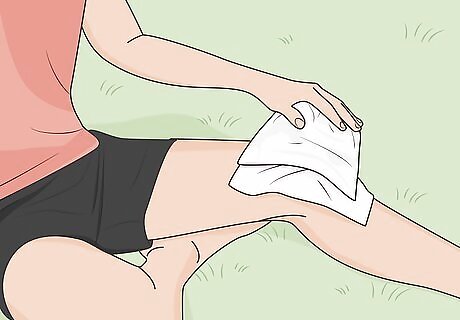
Ice your knee for 15 minutes if it hurts or swells. Fill a soft bag or towel with ice and place it on your knee. Leave the ice there for up to 15 minutes before taking the ice off and giving your knee a break. You can ice your knee 3-4 times a day, if needed. Avoid putting ice directly onto your knee without a bag or towel so it's not too cold and doesn't make a mess.
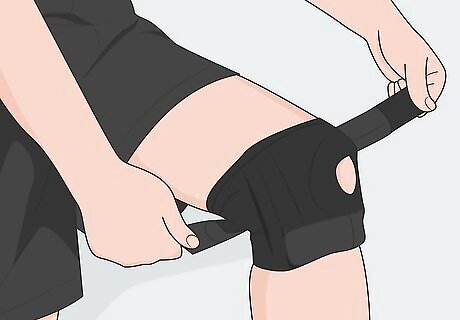
Wear a knee brace to add compression to reduce swelling. Buy a soft knee brace from a local drugstore or big box store that fits your knee correctly. Slide the knee brace onto your knee so it's covering it fully and wear this whenever you're walking around or you feel pain in your knee. The knee brace packaging will help you decide which knee brace size is right for you. If your knee brace is so tight that it's affecting the circulation in your leg, swap it out for a bigger knee brace that isn't as tight.
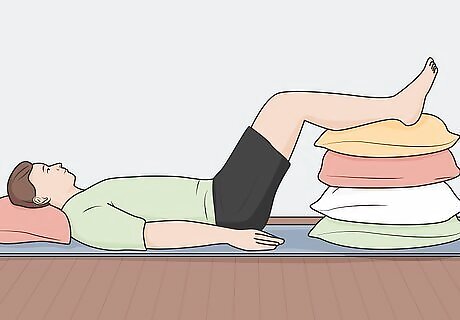
Elevate your knee to prevent swelling and speed up your recovery. Use pillows or blankets to prop up your leg whenever you're sitting down. Prop your knee up high enough so that it's above your heart, meaning it's elevated the right amount. You can also use a chair or your bed to help you elevate your knee.
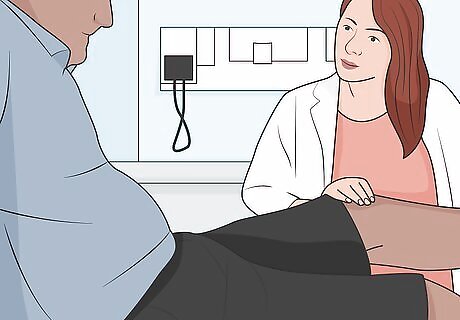
Listen to the advice your doctor or physical therapist gives you about your knee. Your healthcare providers should know the best method for treating your sprained knee. Follow their advice to make sure your knee heals properly and let them know if you have any questions or concerns. You might ask your doctor or physical therapist which knee stretches they recommend.
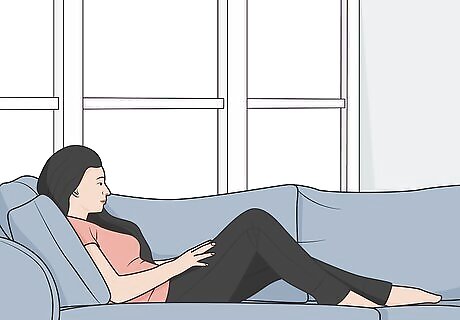
Be patient and give your knee some rest. While doing stretches will help your knee strengthen and improve, don’t overdo it and work your knee too hard. Do a few sets of the stretches and give your knee plenty of time to rest so it can heal properly. If your knee is feeling tired or sore, it’s time to take a break from stretching. Elevate your knee after doing stretches or if it's feeling sore so it doesn't swell.
















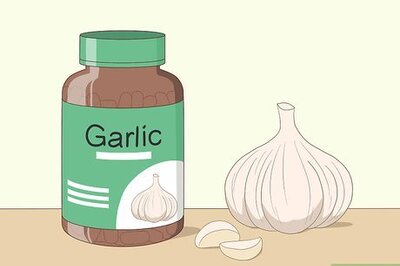
Comments
0 comment